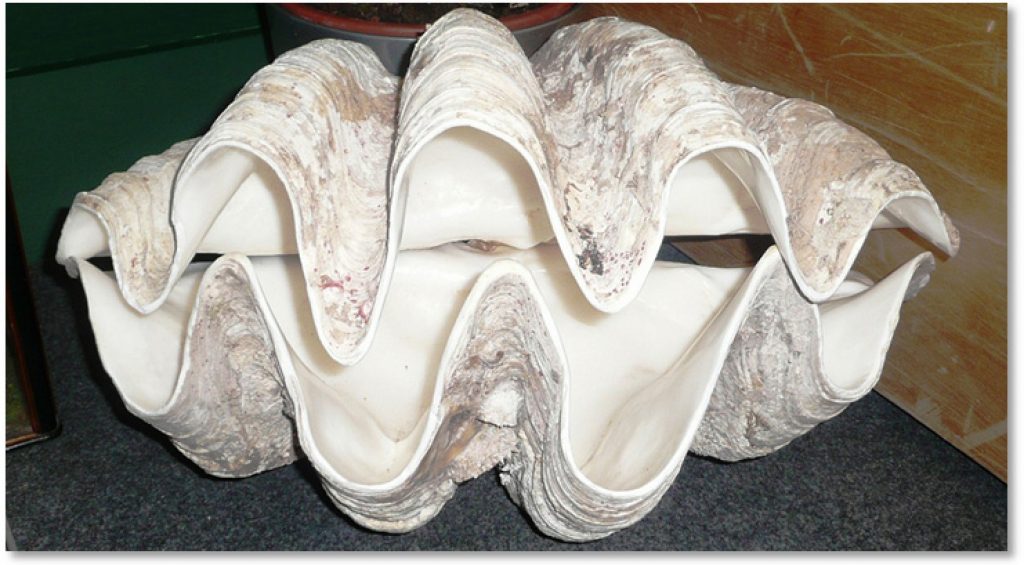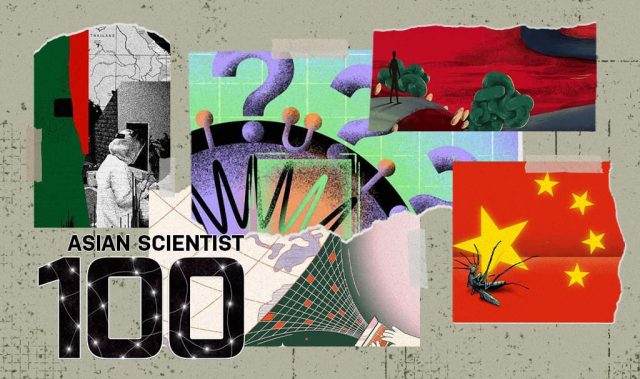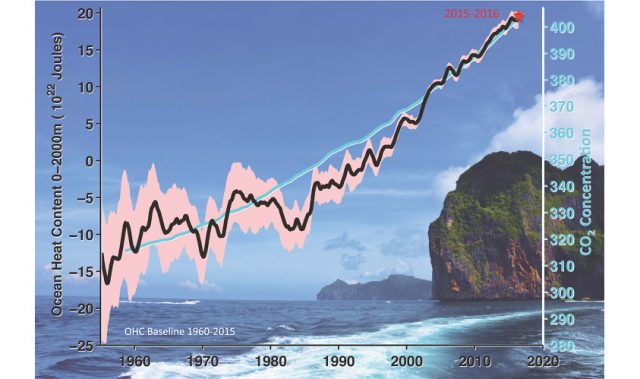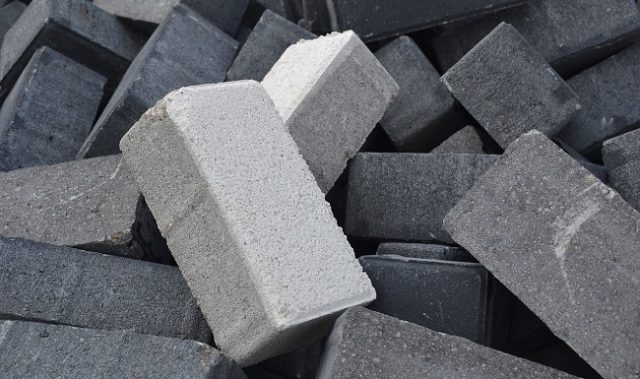
AsianScientist (Jan. 9, 2015) – Two recent papers, one is in Earth-Science Reviews and the other in Chinese Science Bulletin, have demonstrated that the South China Sea was warmer in the Middle Ages.
The studies investigated key chemical contents in micro-drilled giant clams shells and coral samples. Specifically, the scientists examined the ratio of strontium to calcium content and heavy oxygen isotopes, both sensitive recorders of sea surface temperatures past and present.
The aragonite bicarbonate of the Tridacna gigas clam shell is so fine-grained that daily growth-lines are exposed by micro-drilling with an exceptionally fine drill-bit, allowing an exceptionally detailed time-series of sea-temperature changes to be compiled.
By using overlaps between successive generations of giant clams and corals, the three scientists—Drs. Yan Hong of the Institute of Earth Environment, Chinese Academy of Sciences, Willie Soon of the Harvard-Smithsonian Center for Astrophysics and Wang Yuhong of Fudan University—reconstructed a record of sea-surface temperature changes going back 2,500 years.
The Roman and Medieval Warm Periods both showed up prominently in the western Pacific and East Asia. Sea surface temperatures varied considerably over the 2,500-year period.
Changing patterns of winter and summer temperature variation were also detected, disproving the notion that until the warming of the 20th century there had been little change in global temperatures for at least 1,000 years.
The articles can be found at:
Yan et al. (2015) A Composite Sea Surface Temperature Record of the Northern South China Sea for the Past 2500 years: A Unique Look into Seasonality and Seasonal Climate Changes during Warm and Cold Periods.
Yan et al. (2014) Higher Sea Surface Temperature in the Northern South China Sea During the Natural Warm Periods of Late Holocene than Recent Decades.
————
Source: Chinese Academy of Sciences.
Disclaimer: This article does not necessarily reflect the views of AsianScientist or its staff.












